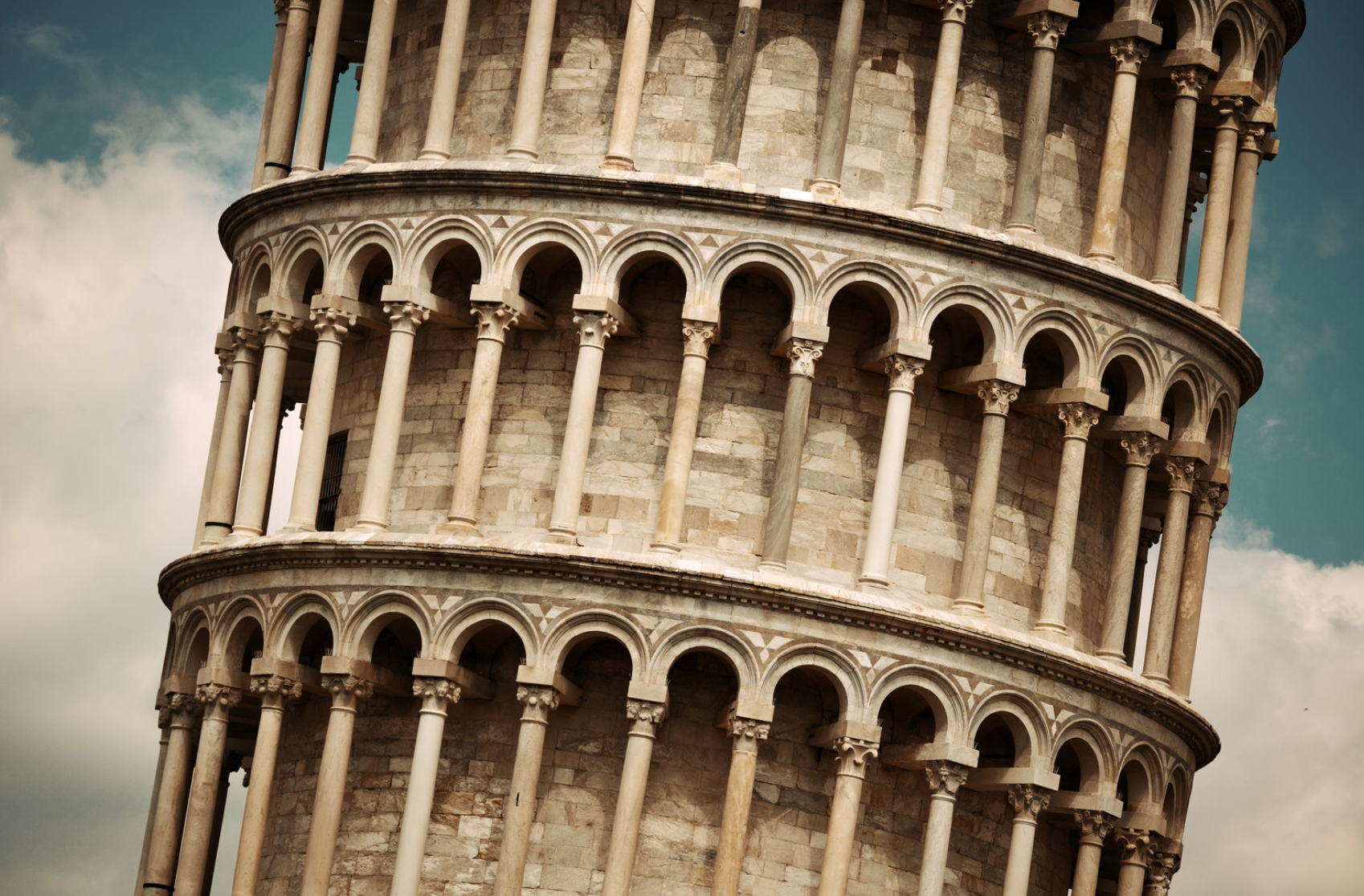Trying to Fix the Leaning Tower
The Leaning Tower of Pisa is known for its tilt, and tourists come from all across the world to see this marvel of engineering. By the time construction was initially completed on the tower, the tilt was 1.6°. Throughout the history of the tower, engineers tried to fix this tilt.
What methods did they use?
For centuries engineers tried different methods of getting the tower to straighten. In 1838, a walkway was dug around the base of the tower so engineers could figure out what exactly was causing the tilt. Unfortunately, this digging only exacerbated the problem.
In 1935, the Italian Corps of Engineers injected mortar to strengthen the base. Mortar is a mixture of sand and cement that is often used to “glue together” bricks. Unfortunately, the mortar wasn’t distributed evenly throughout the foundation. This caused the sinking side of the tower to go deeper into the ground.
These failed attempts worsened the sinking. Scientists and engineers also did not definitively know what the surrounding soil composition was. This meant that engineers couldn’t pinpoint the “fatal” angle. The fatal angle is the tilt at which the tower will definitely fall. Scientists needed to figure out what exactly this angle was so they could prevent the tower from reaching this tilt.

